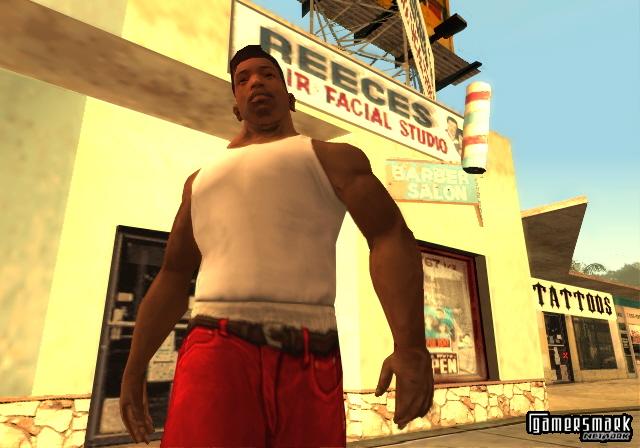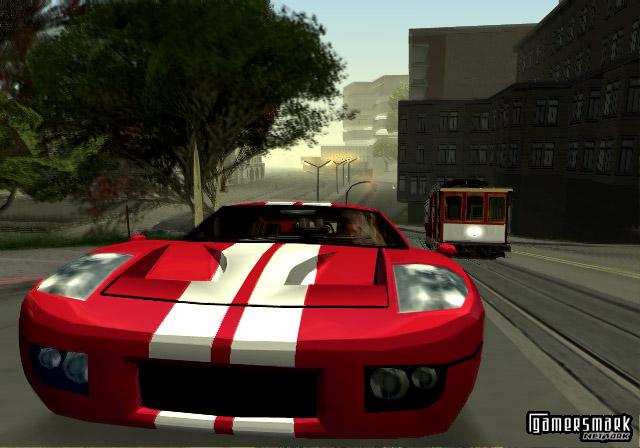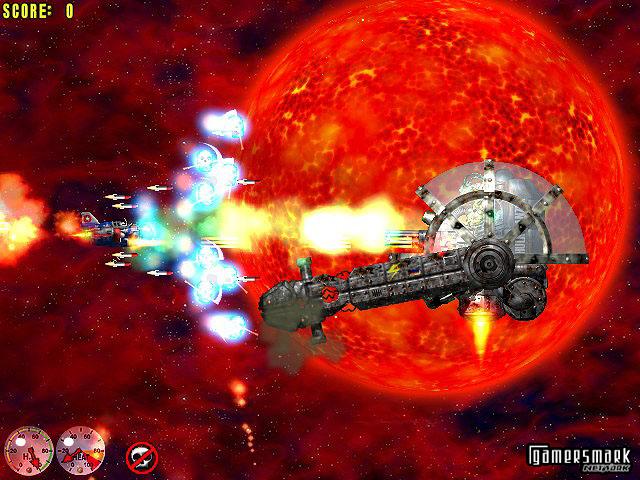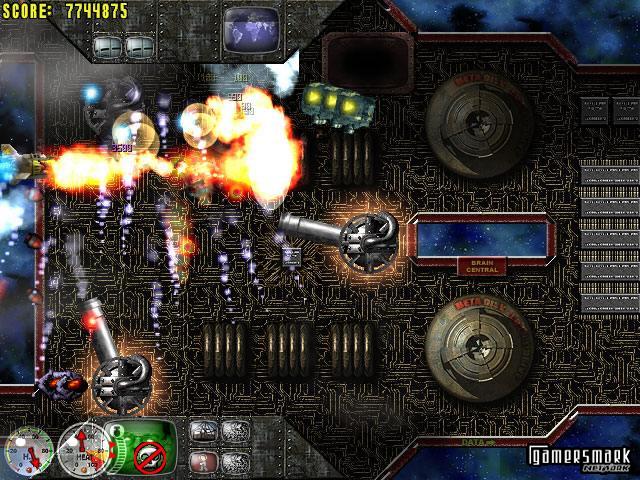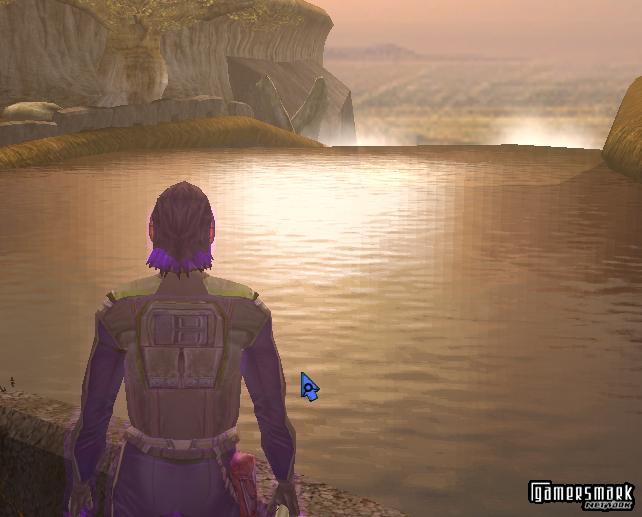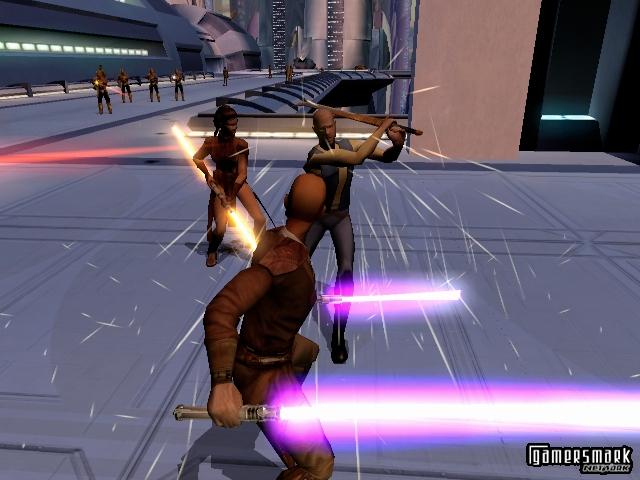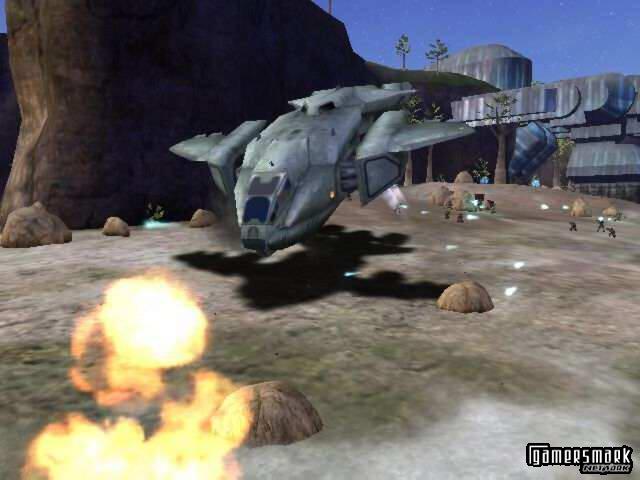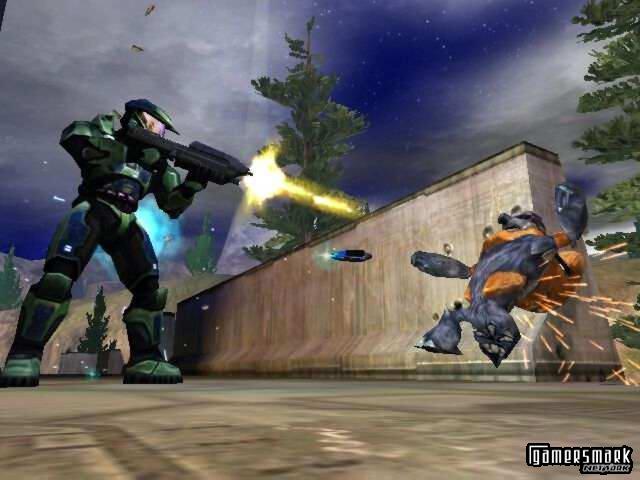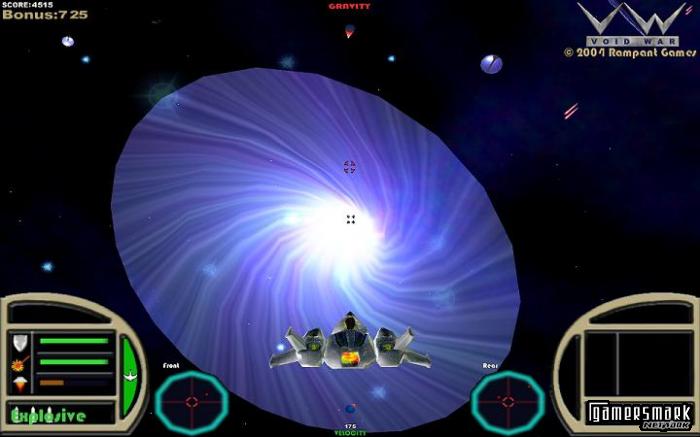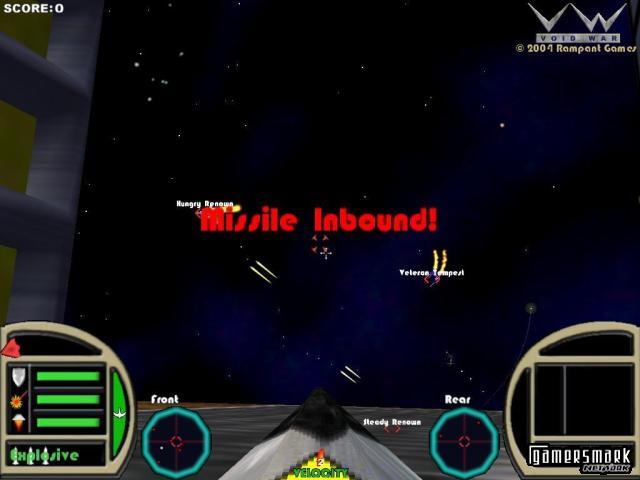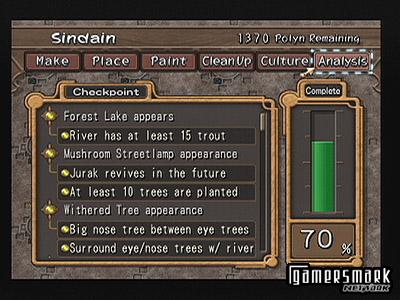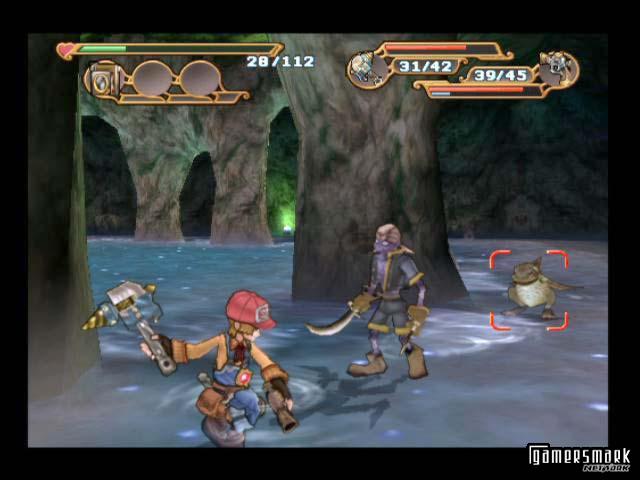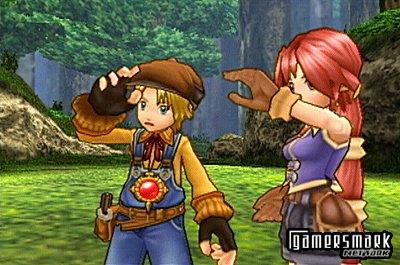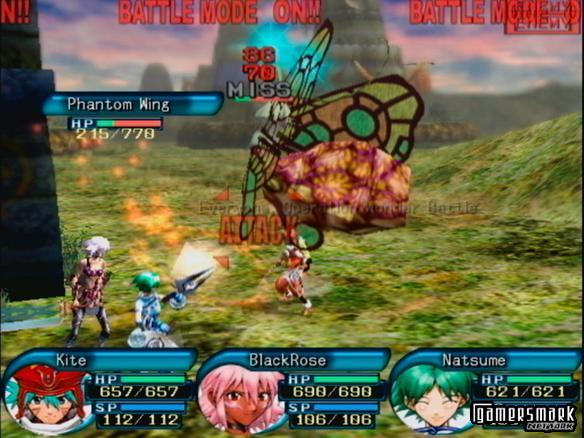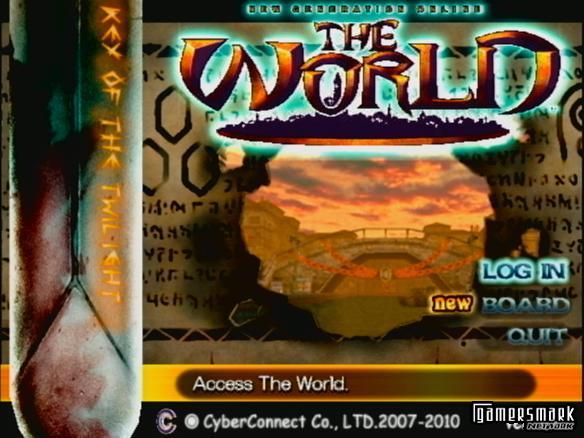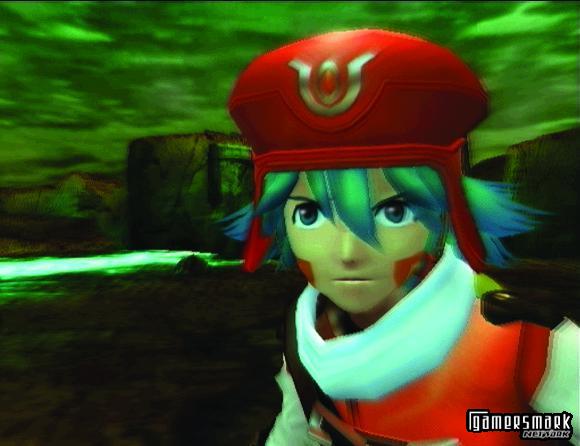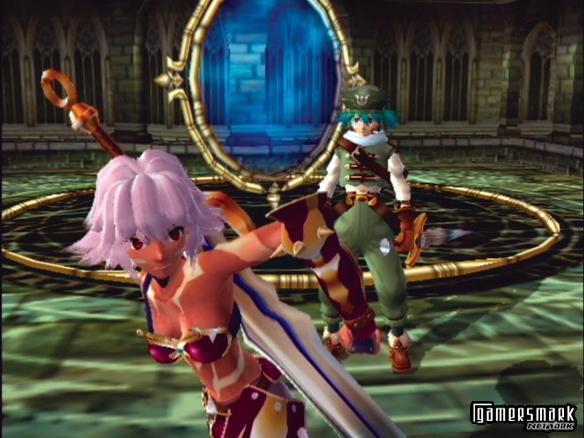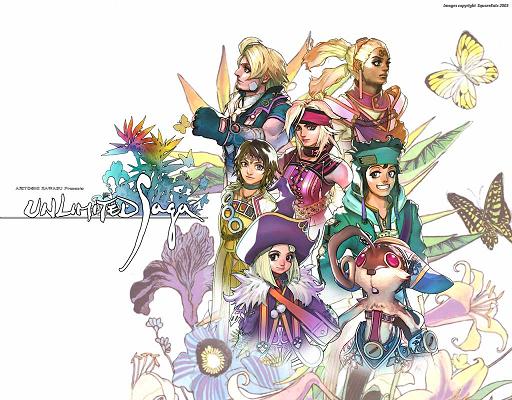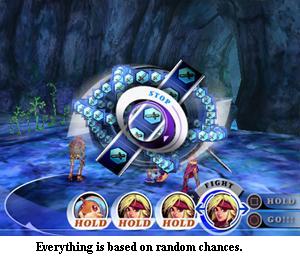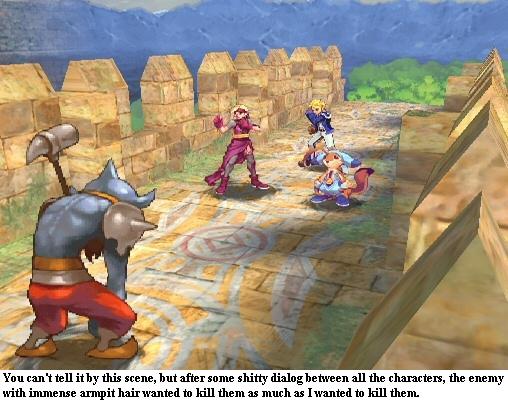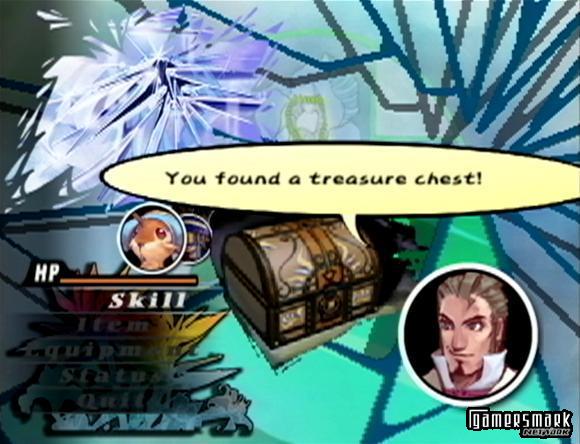Developer: Rockstar North / Publisher: Rockstar Games || Overall: 9.6/10
It’s arguable that no gaming series in recent history has had an effect on the gaming world as much as Grand Theft Auto. By giving players the option to do a number of different things outside of the linearity of the game’s story, there’s just an incredible sense of freedom found in GTA. This carries over to the newest game in the series, Grand Theft Auto: San Andreas, maybe more so than any previous game. It expands on things to do and the realism of it all by an incredible amount.
The story of the game itself starts when the main character CJ comes back into San Andreas from Liberty City because his mother died. He gets in a taxi to go home, but is pulled over by Officer Tenpenney (voiced by Samuel L. Jackson) and his team of corrupt cops the moment he gets back into Los Santos. When he finally gets back to his home neighborhood, CJ (voiced by rapper Young Maylay) finds out the streets his gang once ruled have been lost, and the gang itself in shambles. His crew shows distrust towards him since he went to Liberty City instead of staying in Los Santos. Once part of the gang, he is viewed as an outsider since he doesn’t fully understand what happened before his return.
Jacking Cars and Living Life as a Criminal Has Never Been So Fun
San Andreas introduces an amazing amount of new terrains to a huge world containing three massive cities. In the game, you’ll see country sides, dirt tracks, woodlands/forests, and deserts. However, these are just among the many additions the game includes. Gameplay features such as gang wars, pimping, burglary, physical conditioning, and having abilities improve in a (more or less) traditional RPG style are just some of the many things that have improved and expanded in Grand Theft Auto: San Andreas. The enhancements and additions seem to make a list a mile long. It is truly amazing to experience how many new things have been added.
The main cities in the game all mimic actual places in real life and how they look. Los Santos is the equivalent of Los Angeles, San Fierro is the equivalent of San Francisco, and Las Venturas is the equivalent of Las Vegas (complete with casinos of all types). Being from California, I’ve been to all three real cities and live near Los Angeles. First hand, I can say that everything is closely replicated to the styles of housing and how things actually look. There are even some noticeable structures that may not be important to someone who doesn’t live in the area, but is easily recognizable to someone who does. The same holds true for the other GTA games, as people who live in or around the city(s) copied will notice those minute details.
Through the first part of the game, most of the missions you do will exhibit one new improvement or addition Rockstar has made to GTA: San Andreas. Some missions teach you basic skills that have already been introduced in the series, like when they show you how to drive a car while doing a drive-by. More often than not, however you will learn something new that has been added to the game. A difference that is immediately noticed is as you travel around town, rival gang members will all of a sudden start shooting you. This forces you to find a different way around to your destination, since you’re trying to avoid them, thus adding to the difficulty of the game. If you’re in a car, they could possibly pop one of your tires during the attack.
Though everyone knows who CJ is already, if you want to attract even more attention from your rival gangs you can wear your gang’s colors. This increases the respect you have among your gang as well, though it’s a trade off. In the long run, respect is a lot more important among your gang than worrying about heat from other gangs.
The game play itself has been tweaked just enough to make it better than its forerunners. Using some of the ideas from Rockstar’s Manhunt, the targeting system has been improved. Also, some techniques that have never been used in this series before, like stealth, are used throughout the game.
Instead of just being thrown into the game with a basic set abilities and no way to improve them (like previous game’s in the series), San Andreas features an “RPG-like” level up trait increases your stats as you gain more experience from actually performing many of the game’s actions.. For example, the more you drive, the higher your skill gets, and your lung capacity skill will increase as you dive underwater more. The same method applies for muscle, weapon skills, respect, cycling skill, motorcycle skill, stamina, and a few others. It isn’t very expansive, but it is a nice addition to the game, and you will begin to notice slight changes in how well you handle your car or beat someone’s ass using your bare fists with fewer strikes than before.
To build up your muscle, stamina, and learn some new abilities to use in melee fighting, there is a gym in each city that you can use. As you advance to new cities, you are able to train at the more advanced facilities in each progressing city. Eventually, when you kick the “master” of the gym’s ass, they will teach you their fighting style, thus learning newer advanced fighting styles that you can use when you’re locked onto someone in addition to another style of melee attacks. This is a new addition to the series, as before, you only had one set of melee moves. Of the possible fighting styles you can train to learn, there is boxing, karate, and “dirty.” You don’t switch between the styles on the fly, but you are able to use the fighting ability of the master you had last won against, so you’re able to keep your favorite style.
Some Improvements Become Problems
There are only a few nuisances that I’ve noticed throughout the game, but they’ve appeared in the other GTA games as well. There are only one or two new problems I have noticed that are unique to San Andreas. It’s hard to see how much ammo you have left for the particular gun you have equipped, because the font for the counter is so small. You can estimate how much ammo you may have by counting how many digits you have in your reserve, in regards to whether there are two, three, or four digits for your reserve count. If you have four, you probably don’t have to worry about the count. When this actually affects the game play, is when you’re down to your last few shots, and you don’t know how much you have to conserve.
The load times experienced in other GTA games had as you traveled to different cities have been totally done away with. The game will continuously load any new area you go to as you are going there. The only problem with this however, is that you may notice that the details of particular buildings will not load that fast, especially if you’re going into a new area. This makes it seem less realistic. Sometimes if you look off into the distance, you will see nothing, and then a building pop in out of nowhere. This can also affect the game play at times, like when you’re trying to follow someone that is far away. They’ll disappear and you can’t see where they go. There’s also the annoyance of having the game pause for a few seconds to load a new area you’re going into if you get there too fast (like if you’re driving really fast in a car). There are other times where there is slowdown, but not very often. For the most part, the game loads well, and shows improvement over the other GTA games. The only “real” load times are before missions.
Gangsta’s Paradise (Not the Coolio Song.)
The music featured in the game is made up of 90’s music, as well as a few classic tunes from before that period. Most genres are covered, including alternative rock, classic rock, 90’s rap/hip-hop, classic hip-hop/rap, house, funk, country, dub/reggae, soul, and the ever-popular talk radio. The music makes the game feel as if you’re really in the 90’s.
The game’s voice acting has a quality comparable to Vice City’s, though by no means is this bad. The dialogue stays true to the atmosphere of the game, so players should be sure to expect a load of swearing. It’s safe to say that this game isn’t for those offended by language, as San Andreas uses swearing a lot more freely than any of the other Grand Theft Auto games. Also, the cast of celebrities providing the voiceovers is the series’ most prolific to date, including the already mentioned Samuel L. Jackson and Young Maylay, as well as others like comedian David Cross, Ice T, James Woods, amongst a few others. The auditory in San Andreas is exactly what should be expected from the series, a game with an awesome soundtrack and high profile celebrity voice acting.
More of the Same, Visually
Visually, San Andreas doesn’t look that much different than Vice City, but a few things do look noticeably better. The most obvious enhancement visually is the improvement of how the cars look. The cars can now be modded to fit your likes, from nitrous to hydraulics to having a different style hood. Nothing is better than driving a pink taxi with a spoiler, nitrous boost and hydraulics that is taking people to their destination in the Taxi Mission game.
There are other visual effect changes that have been made in San Andreas, as well. For instance, the rain that had once been very visible in Vice City is now more like a light drizzle. Granted, it doesn’t rain nearly as heavy in San Andreas as it does in Vice City, but it can be hard to tell if it’s even raining. Having the effect of rain splattering against the screen in Vice City has been dropped in San Andreas, since it actually impaired your vision while playing. There is now fog/smog depending on what city you’re in. This adds to the realism of GTA: San Andreas, as real weather conditions are replicated more accurately. Similar to arcade racing games, when you’re driving very fast, the area around you becomes blurred, adding to the feeling that you’re going fast.
Final Thoughts
Grand Theft Auto: San Andreas is without a doubt the best GTA to date. New challenges are exhibited in nearly every mission, and with a huge quantity of new improvements, additions, and challenges involving all the skills they provide you, this is one hell of a game. There is also a very involving story that keeps the game moving along, as it keeps you wondering how things will turn out and why things are happening. While the other Grand Theft Auto games still hold their own by being set in different cities and having distinctively different atmospheres (from being a mercenary in GTA3, to a part of the mob in Vice City), GTA: San Andreas manages to be unique, having the whole aura of the main character being completely different, making itself a definite must-have.

